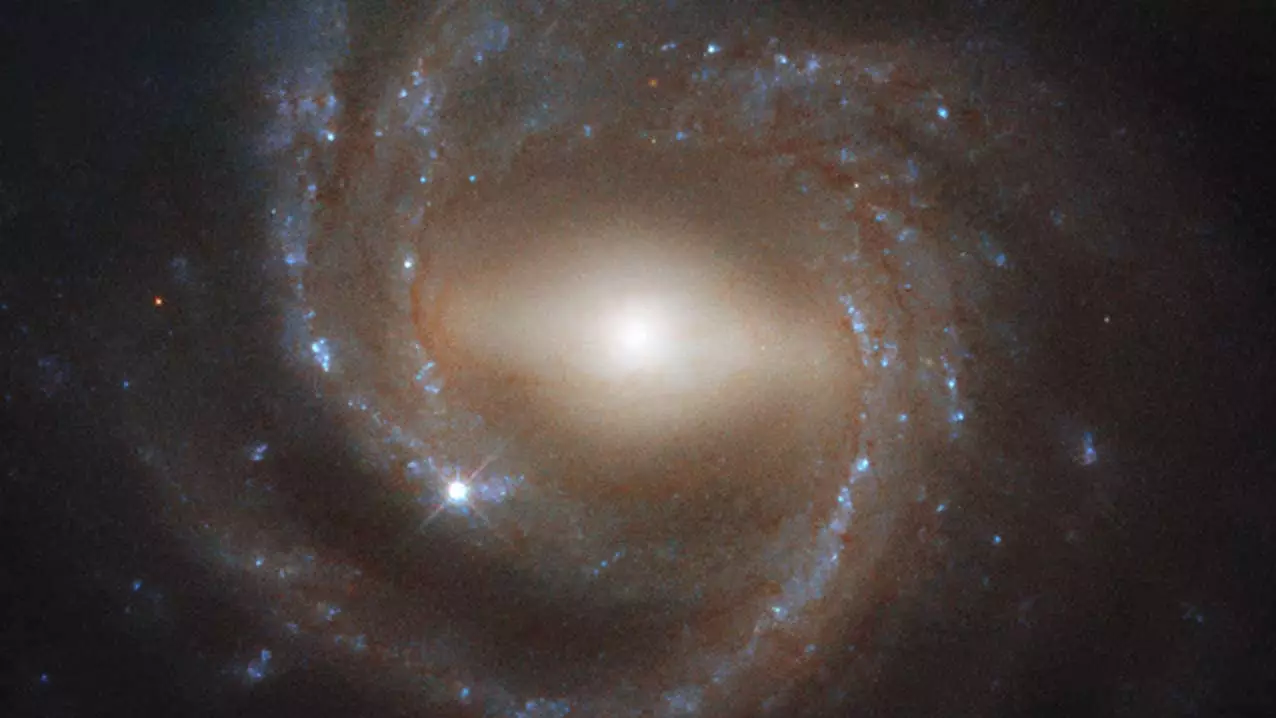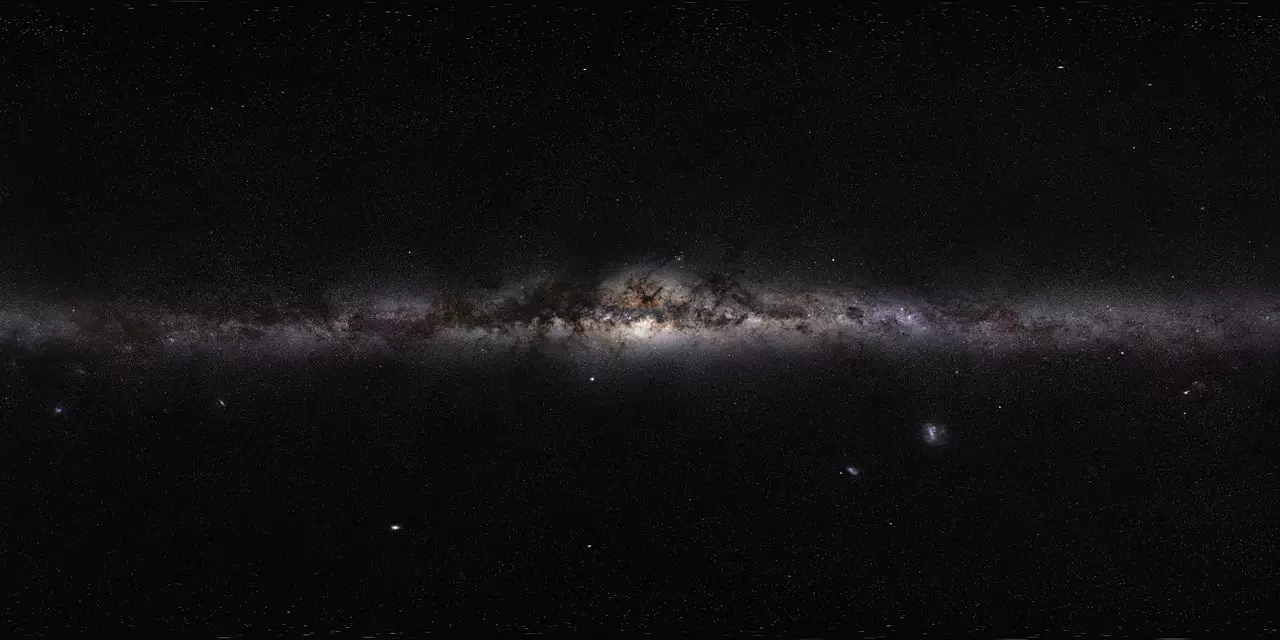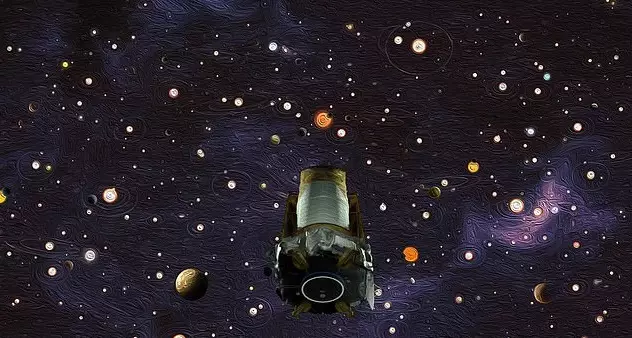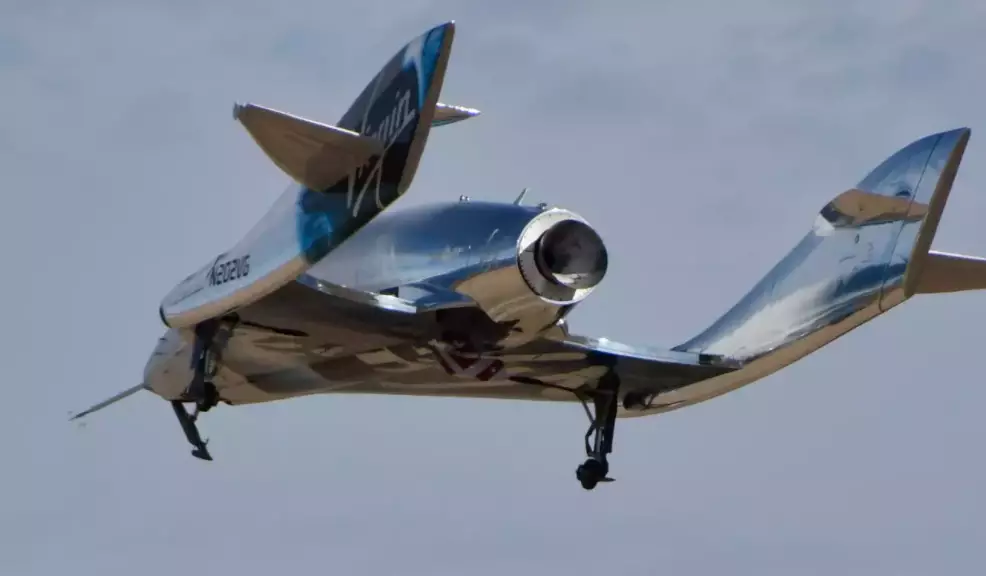
Experts say there could be around 300 million planets within the Milky Way which could harbour life.
Beyond our Solar System, NASA has said that four of those planets sit less than 30 light-years away from us, adding that one of them is just 20 light-years away.
Yes - that's still ludicrously far away, but think of the possibilities, LADs.
Advert
The figures are based on an estimate that seven percent of the stars in the Milky Way - at least, those which are like our sun - have a habitable planet in orbit around them.

Lead author Steve Bryson, a researcher at NASA's Ames Research Center in California, said: "Kepler already told us there were billions of planets, but now we know a good chunk of those planets might be rocky and habitable.
"Though this result is far from a final value, and water on a planet's surface is only one of many factors to support life, it's extremely exciting that we calculated these worlds are this common with such high confidence and precision."
Advert
NASA said that the actual figure could be as high as 75 percent of that predicted, which would mean an astonishing three billion planets could be out there.

And while 20 light years would take about 200 Earth years to reach, if a rocket could travel at a tenth of the speed of sound, the skies are actually within reach.
Virgin Galactic has confirmed that the first spaceflight out of its new Spaceport America base in New Mexico will take place in just a matter of weeks.
Advert
The company has been setting up and preparing for a while, but has now officially confirmed that the SpaceShip Two test flight will take place between 19-23 November.
That's not far off, so the team has obviously been preparing quickly.
The company snuck that little detail away in a financial statement about the third quarter of the year, and suggested that the SpaceShip Two spaceplane will carry revenue generating payloads as part of the NASA flight opportunities program on this specific mission.
Richard Branson's space exploration company also further underlined its desire to send up planetary scientist Dr Alan Stern on the trip so that he can perform some special experiments in sub-orbital space.

If you're wanting to get up into space on this particular mission, firstly you'll need to be absolutely wedged, but also act quickly, as the One Small Step programme that has been opened to allow qualified customers to jump the queue, ends on 31 December.
Advert
Ticket sales for sub-orbital space flights will go back on sale in 2021, after - obviously - Richard Branson has taken his little jolly up into space.
Featured Image Credit: NASATopics: Science, Interesting, Nasa